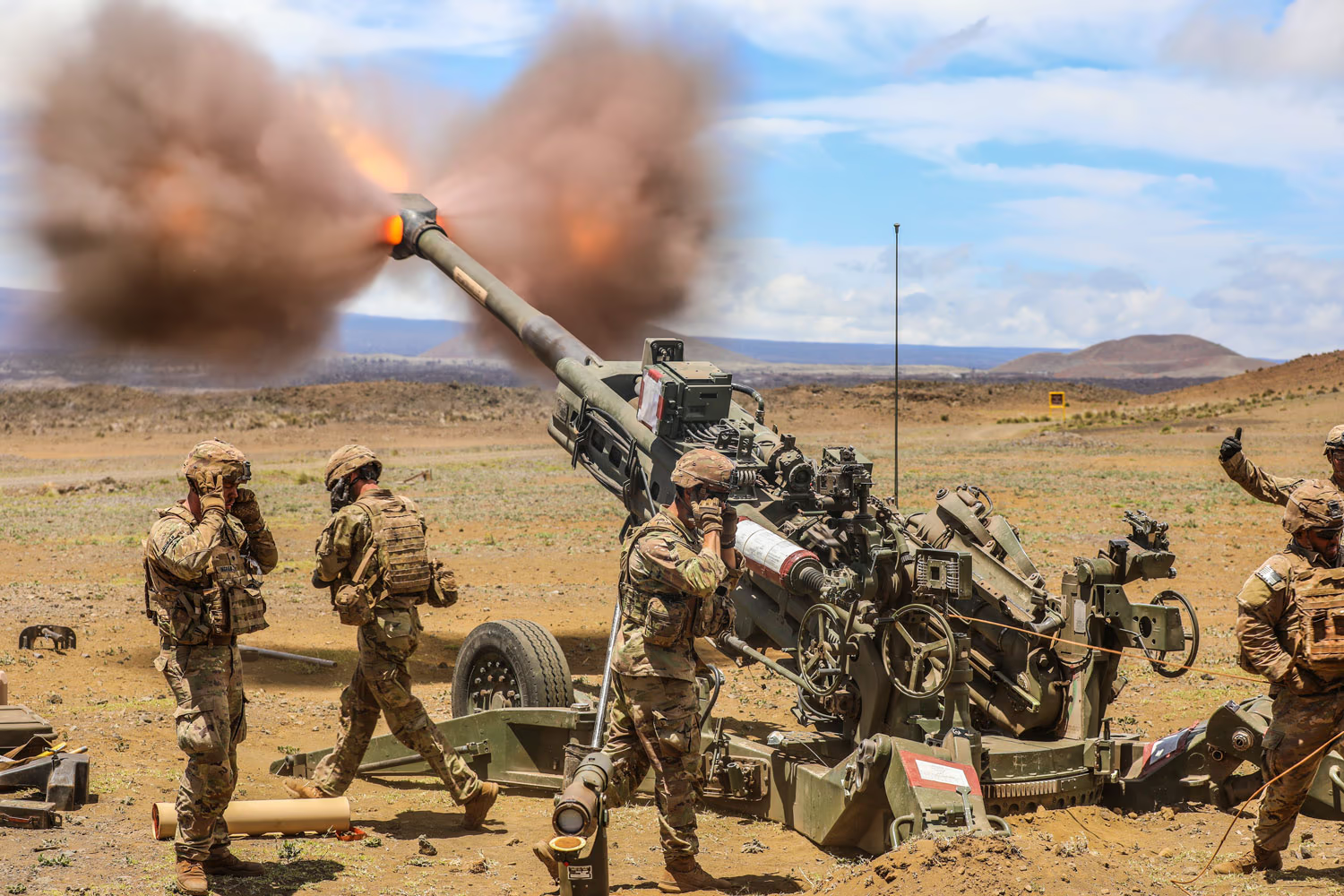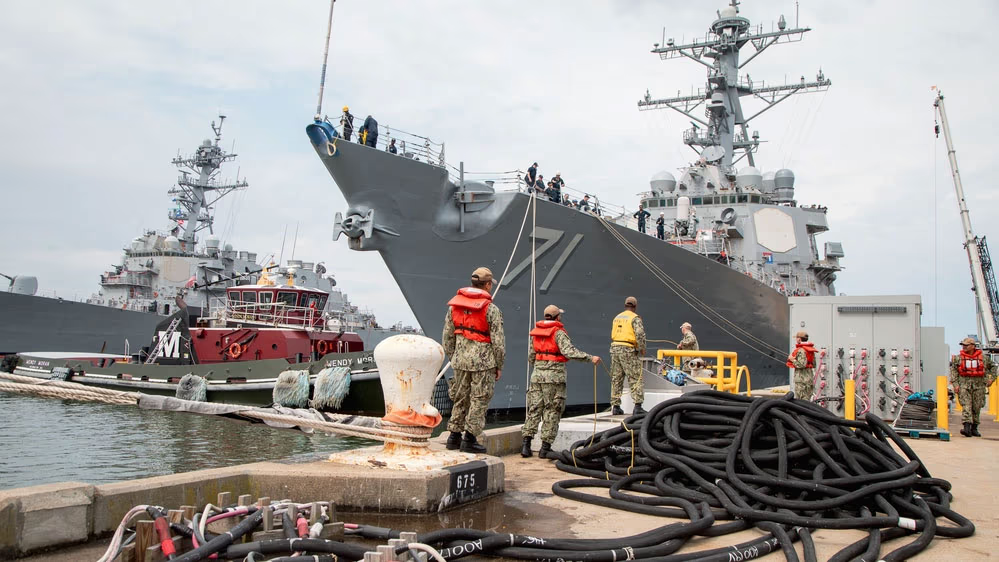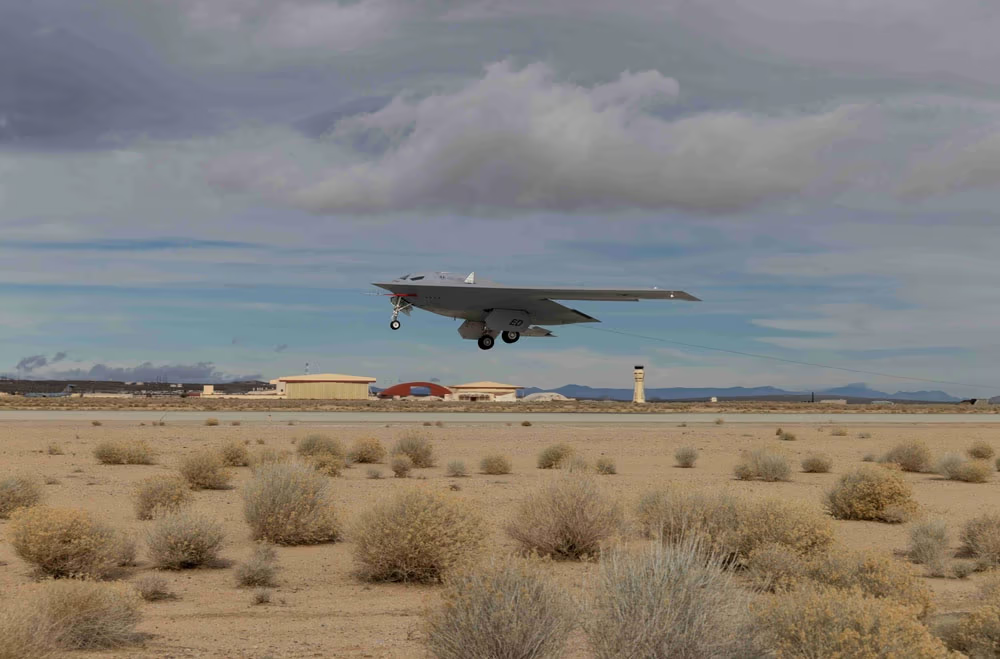The U.S. military budget remains the largest in the world, but behind the astronomical figures lies a troubling reality: factories can't produce shells fast enough, ships go to sea with worn-out hulls, and key components are still sourced from potentially hostile countries. Foreign Affairs highlights how bureaucracy and long-term contracts are depriving the U.S. of strategic depth—just as China is turning its industry into a weapons conveyor belt.
According to Michael Brown—the former head of the Pentagon’s Defense Innovation Unit—the United States is unlikely to be prepared for a potential military conflict with China or another major power. In an article for Foreign Affairs, he outlines an alarming picture: ammunition shortages, an aging fleet and air force, limited industrial capacity unable to supply the military in a large-scale war. In his view, the U.S. is starting to fall behind China in defense technology, especially in key areas such as mass production of low-cost drones.
Brown argues that the root of the problem lies in a strategic shift that occurred after the Cold War. The U.S. stopped preparing for prolonged conflict with a peer adversary. Military and political leadership assumed future wars would resemble the 1991 Gulf campaign—short, geographically limited operations won through overwhelming technological and economic superiority. But in the geopolitical reality of the 2020s, a clash with states like China, Iran, or Russia no longer seems so unlikely.
Brown cites estimates suggesting that in the event of a major conflict in the Pacific, U.S. forces would need around 5,000 long-range precision missiles per week. Current stockpiles number only in the tens of thousands, and the U.S. defense industry lacks the capacity to replenish arsenals quickly.
These concerns were confirmed in the early weeks of the full-scale war in Ukraine, when, according to National Security Advisor Jake Sullivan, Kyiv burned through a year’s worth of U.S. production of 155mm shells "literally in a matter of weeks." In response, the Pentagon launched a new load-assemble-pack facility in Camden, Arkansas, in April 2025. The plant is already producing up to 50,000 shells per month, with plans to double output by 2026.

Soldiers fire a howitzer during a training exercise in Hawaii, June 23, 2022.
The problems extend beyond munitions. The average age of U.S. Navy ships is 19 years, and for combat aircraft, it’s 32 years. By contrast, 70% of China’s naval fleet has been built in the past 15 years. In terms of shipbuilding speed, measured by the total displacement of newly commissioned vessels, Beijing outpaces Washington by a factor of 370.

USS Ross after an 18-month overhaul, May 24, 2024.
According to the March 2025 Congressional report on the Navy’s long-term shipbuilding plan, the Navy aims to reach 381 ships and 134 large unmanned vessels. However, the upcoming FY 2025 budget provides for the commissioning of only ten new ships and the decommissioning of 19, temporarily reducing the fleet size to 287 units. In the air, the Air Force is betting on the B-21 Raider strategic bomber—the program entered serial production following successful flight tests in 2024, with the aircraft reportedly flying test missions "every week," according to the Pentagon.

B-21 Raider flight tests, January 17, 2024.
According to Brown, the foundation of U.S. ammunition production still relies on explosives developed during World War II. Moreover, about a third of the raw materials used in their production are imported—including from China, a potential adversary.
To localize the production of critical chemicals, the Department of Defense invoked Title III of the Defense Production Act: in February 2024, $192.5 million was allocated to establish domestic facilities for manufacturing nitrocellulose and other energetic materials.
To eliminate this vulnerability, Brown argues that simply increasing military spending is not enough—even though, in purchasing power parity terms, the U.S. defense budget already exceeds the combined spending of China and Russia. He sees the reform of the defense procurement system as the key task. Specifically, Brown calls for easing regulatory constraints on contractors, signing long-term agreements, and giving the Pentagon greater flexibility in managing allocated funds.
A partial response is outlined in the 2026 budget proposal: it introduces a dedicated fund to incentivize key suppliers, and extends multiyear contracts to Virginia-class submarines and large UAVs. However, analysts warn that while Washington ramps up production, Beijing is reaching a new technological tier: in April 2025, Chinese researchers tested a drone equipped with a picotesla-precision quantum magnetometer capable of tracking low-noise submarines. This has increased pressure on Congress to push for "economies of scale" and more flexible procurement—especially if the conflict lasts longer than a few months.
